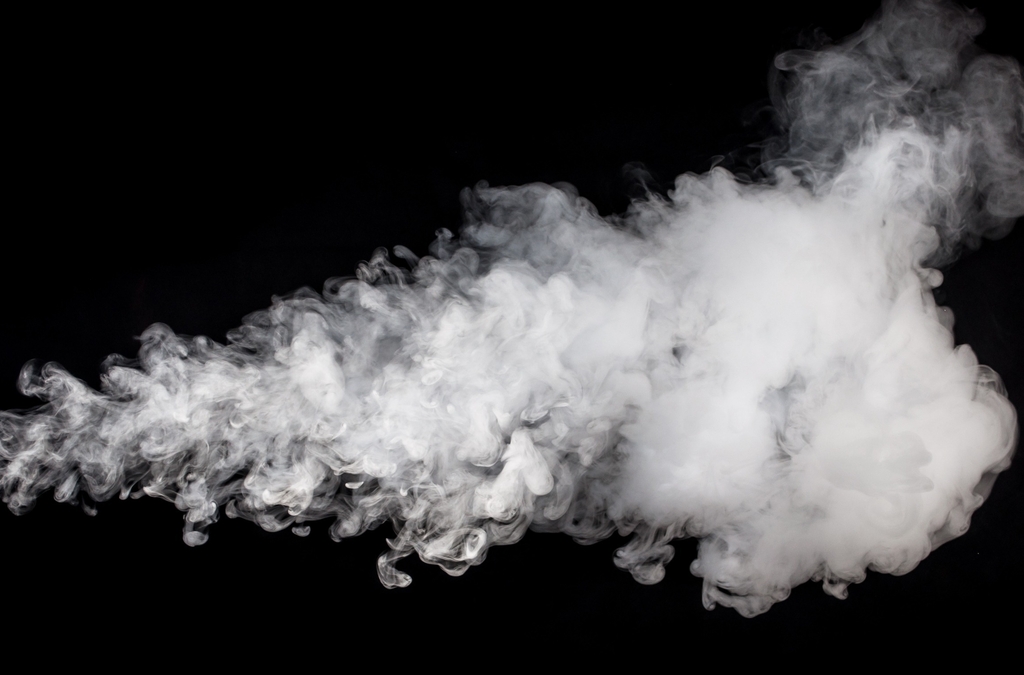Your web browser is out of date. Update your browser for more security, speed and the best experience on this site.
Where there’s smoke, there’s ventilation research!
Deploying a smoke test in investigations into the operation or leak tightness of a ventilation system

Introduction
Air and odour is colourless/invisible in most cases, sometimes making it difficult to check whether a ventilation system is working adequately. Even if there were leaks in the ductwork, this is not always readily visible This is why OLFASCAN carries out smoke tests to study the behaviour of air in ventilation systems.
The smoke cloud is generated using a smoke generator. This machine heats up a liquid, specially designed for this purpose, and then generates a harmless cloud of smoke. The smoke produced is "thick" in texture, so that it remains visually detectable in the room/air stream for a sufficiently long time.

Dimensioning ventilation
In many cases, a smoke test is performed to determine if the ventilation in a particular room is working adequately/ has been properly sized to change the air sufficiently quickly or to avoid diffuse emissions from the room.
A significant amount of smoke is blown into the enclosed space after which the behaviour of the smoke is observed. Is a clear displacement toward the extraction point visible? Does the smoke, due to e.g. thermal layers in the building, linger at a certain height? Does the smoke dissipate through a route other than the provided extraction point?
In addition to studying the air in an enclosed space, the effect of open doors/gates on the extraction of air and whether it is still sufficient for avoiding diffuse emissions to the outside can also be considered.

Leakproof
In addition to a properly functioning ventilation system that smoothly removes air from a room, it is also necessary that the extracted air follows the desired path smoothly.
Avoiding leaks in the piping system is crucial in this regard, and this both to inflow of false air and escape of odorous air to the outside. A smoke test can be performed to check whether or not leaks are present.

Case study
An unpleasant odour was regularly detected by residents in a building’s entrance hall. There are no visible vents or exhaust vents in the room. The waste room is provided in the room next to the hall, but there is no door/connection between this room and the hall.
The air from the waste room is extracted by a ventilation system and routed through the building via ductwork to be released into the environment through an emission point on the roof. Piping also passes through the entrance hall, hidden behind a false ceiling. When smoke was blown into the exhaust point of the waste room during a smoke test, smoke could be observed in the entrance hall shortly thereafter.
Smoke billows from the false ceiling in the entrance hall. This means the ventilation system in the waste room works well, but the ductwork needs to be examined again in order seal the leak at the level of the entrance hall, thus solving the odour nuisance for residents.
How can we help?
If you’d like additional information, or have a specific question for one of our staff members, be sure to get in touch through our contact page.